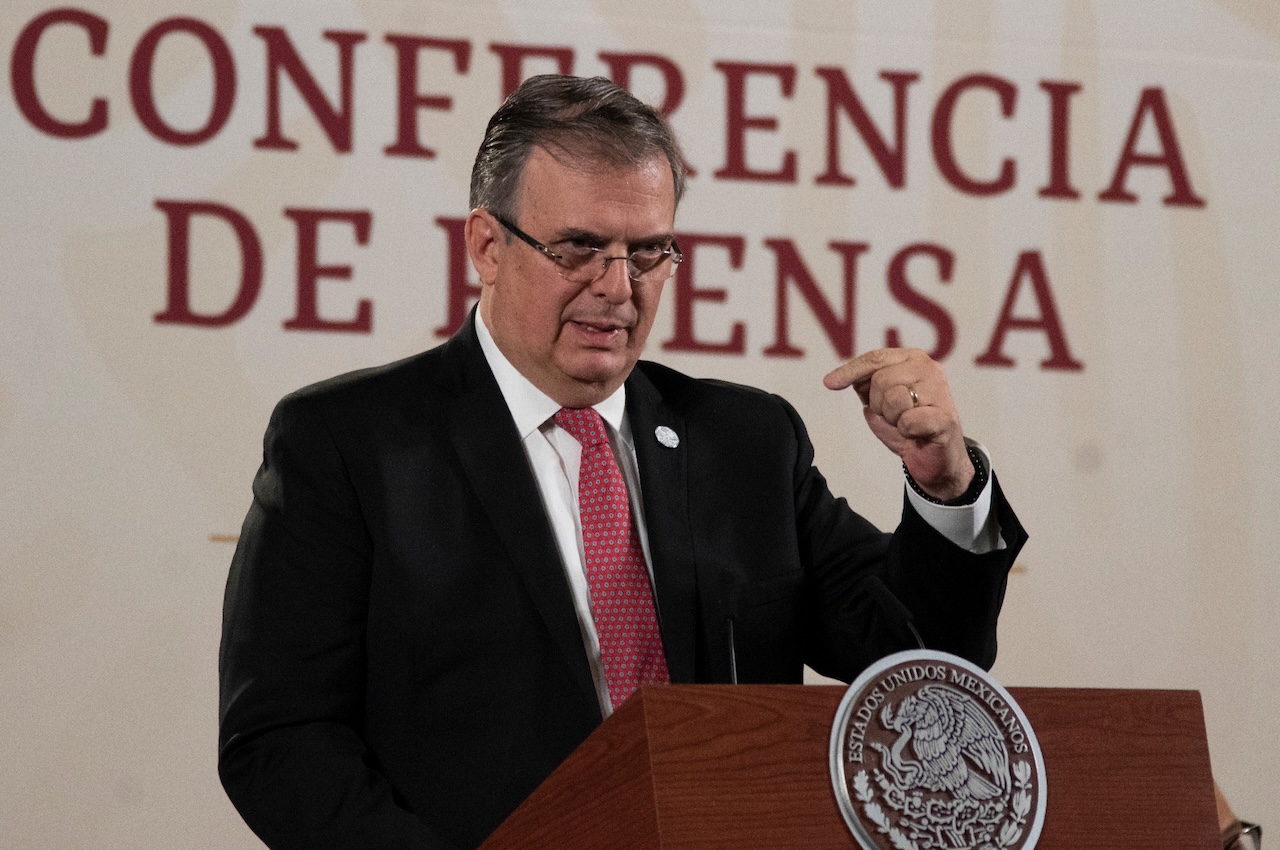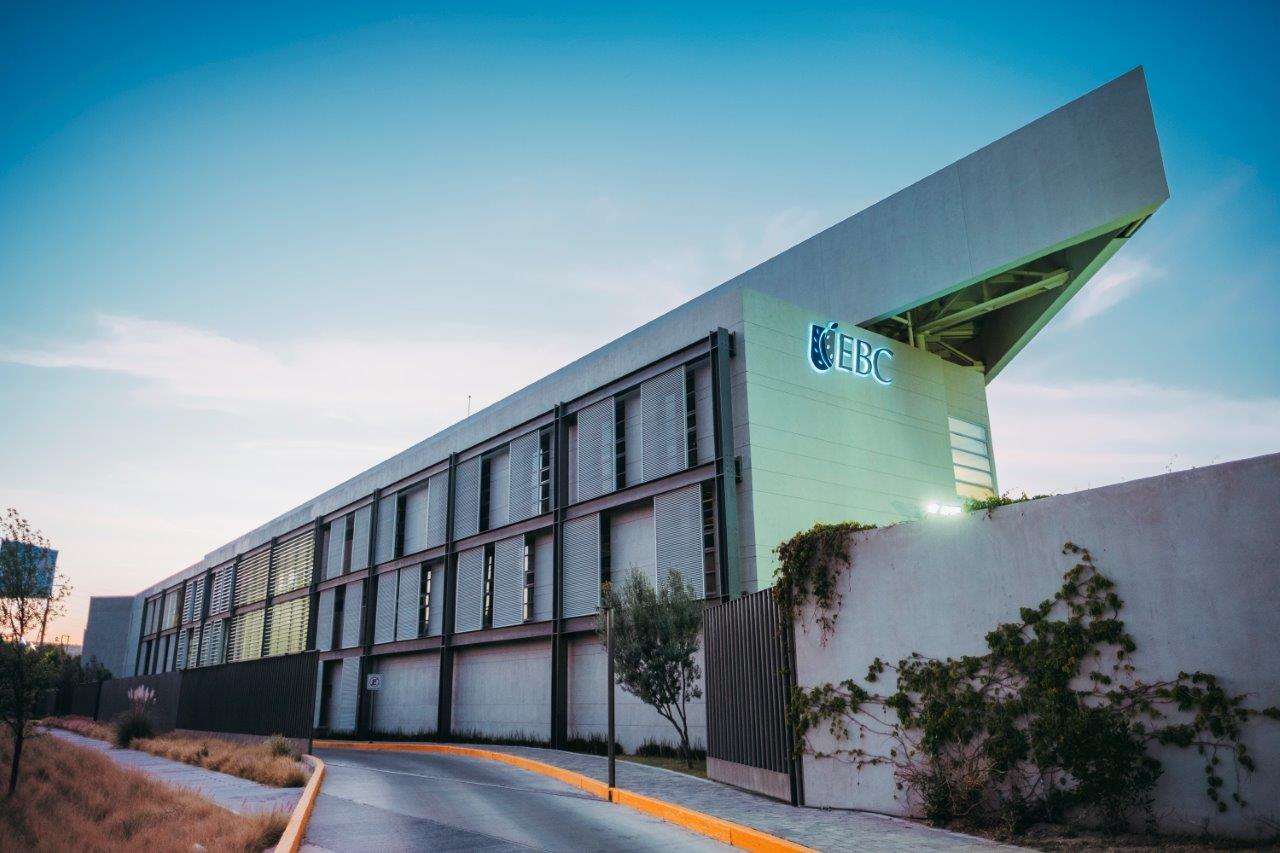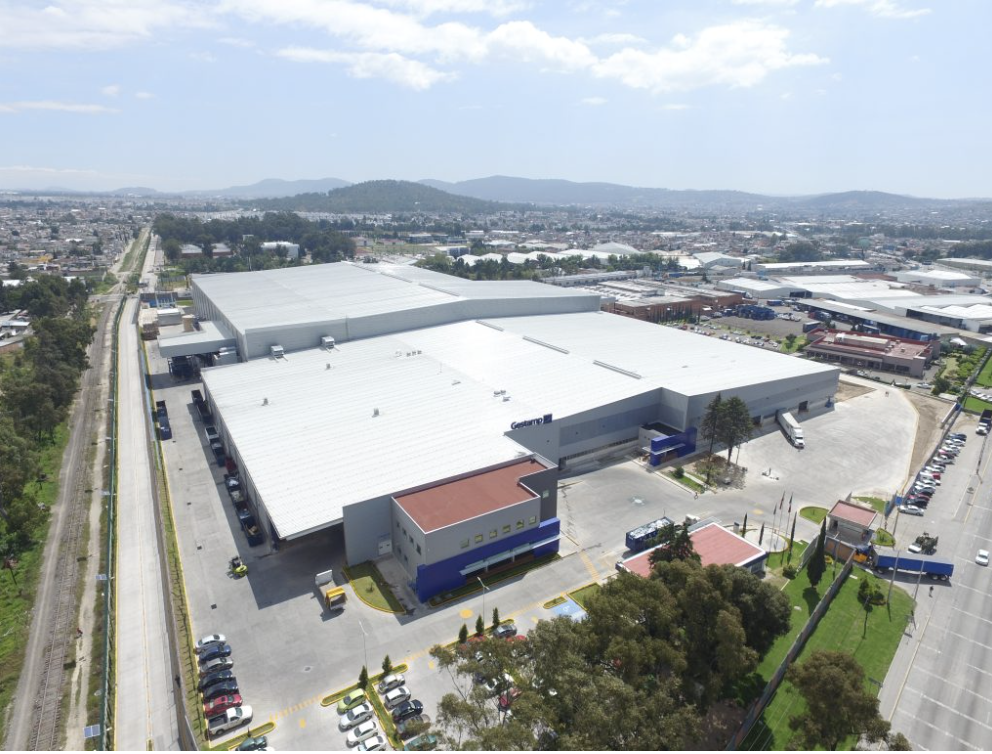Thirty Years of Nafta: What Happened in Aguascalientes?

Thirty Years of NAFTA: What Happened in Aguascalientes?
Just in 2024, three decades have passed since NAFTA (later USMCA) came into effect, and it is worth remembering how and why the country took that transcendental step. As is known, after successfully concluding the renegotiation of Mexican foreign debt in June 1989, President Carlos Salinas de Gortari began to think about the convenience (and probably the inevitability) of signing a free trade agreement with the USA as an instrument to boost Mexico’s growth and its insertion into the international economy, particularly in the trade blocs that were being configured, to have access to the largest market in the world, and to attract foreign direct investment in a conjuncture where, after the fall of the Berlin Wall, many countries were actively competing for it.
Lessons Left by Nafta1195
In hindsight, there are three relevant lessons from that decision that neither López Obrador nor Sheinbaum have wanted to understand: One is that if it is evaluated specifically in terms of its objectives —to promote increasing and stable access of Mexican exports to the US; to establish a safe, rational and attractive mechanism for foreign investment; to generate more and better jobs; to support the macroeconomic stability of the country, given its repeated history of devaluations; or to achieve convergence with the economic indicators of the main trading partners— NAFTA (and its current version) has been a huge success for Mexico, and the data are overwhelming. The second is that, in terms of political and communicational debate between the government and opposition sectors with high visibility, it was an example of good practices on both sides, that is, tough, controversial and at times conflicting, but also transparent and democratic. The third is that it encouraged the most dynamic states to jump on the bandwagon of change in the national economy. As was the case with Aguascalientes.
The Case of Aguascalientes
Aguascalientes was a small, orderly, urban and reasonably efficient state in the nineties. Its entrepreneurs in those years, when NAFTA was being negotiated, were a very heterogeneous group: from traditional merchants to foreign investors, passing through large local companies, at that time with many problems due to excessive credit leverage, poor management, lack of agility to react to market changes and for belonging to sectors that were already on their way out. Or there were also equally large companies, but which were already shaping up to be extremely successful in the new national and international economic context that emerged from then on. On the other hand, a different sector was that of the chambers and organizations, whose leadership positions did not interest the real entrepreneurs and they left them to others of medium level who rather did declarative politics from there. Generally, they were very local people from Aguascalientes, suspicious of both foreign investors and all those who seemed to be more successful.
The Business Sector
There were some especially fearful who felt that the mere fact of being native should facilitate preferential treatment, and they were clearly opposed to foreign investment or any idea that fell outside of their mental maps, a sentiment that NAFTA logically exacerbated. For example, they complained when the large department stores, the huge warehouses with club format or the convenience stores began to arrive because according to them they would end the neighborhood changarros, which never happened. But in practice, like the large group, the small ones also grew because they found more supply options and at better prices. The 2019 Economic Census of INEGI showed that of the total commercial establishments in the country, almost 45% belong to the retail subsector, the little stores.
The Leaders of Chambers
The leaders of chambers, for their part, were more vocal and occupied most of their time in lashes against the treasury, interest rates, the economic crisis, the lack of government support, inflation and little else. Each industrial branch was very different in various senses and its plants represented notably dissimilar worlds among themselves, but, as a whole, they symbolized the transition—of which NAFTA was emblematic at that time—between an economy that was not quite dying towards another that was just beginning to be born. The truth is that the most profound change in the economic structure and the Mexican market in decades was already underway, which powerfully helped the take-off of Aguascalientes, and that of another eight or ten states, in the following years. That was the local social, economic and cultural atmosphere in the context of NAFTA. In practice, almost since Mexico joined GATT in 1986 (predecessor of the World Trade Organization), the local business physiognomy had changed with the disappearance of a part of the best-known businessmen (there were hardly any women) of the sixties and seventies, among other reasons, because their deep dependence on political favors, soft loans, import permits, high tariffs, tax exemptions or the captive market were factors that never encouraged them to compete in an open economy. Curiously, many of the things that, again, are being talked about now.
Fears of Local Businessmen about Nafta5681
The majority of local businessmen had fears, founded or not, but their narrative started rather from a feeling of insecurity regarding their own potentialities. They argued that it was too soon for NAFTA (which was already in full negotiation), that it was necessary to give more time to prepare, that the subsidies or fiscal supports were very different in both countries, that the American government was very protectionist and, in short, that the gringos were going to eat them alive. The most interesting thing about the exercise was that the most accentuated fears came from two sectors: agricultural and agro-industrial, and textile, clothing and apparel. With time, however, it was seen that the first not only skillfully and intelligently circumvented the entry into free trade, but came out extraordinarily strengthened, and the second, on the other hand, declined and reduced its importance both in the economy of the state and of the country, the same thing that happened by the way in the relocation of Chinese plants towards the peripheral countries of Southeast Asia.
Foreign Investors
There was a third group, the foreign investment of greater size and weight, that while NAFTA was being negotiated understood that it was an extraordinarily favorable conjuncture. That was the case of Nissan, which inaugurated its first vehicle assembly plant in Aguascalientes on November 30, 1992 and saw that it was its opportunity to comply with the required Regional Content Value, that is, the percentage that indicates to what extent a good has been produced in the region of the treaty, which at that time was 62.5% for the automotive sector, and thus easily export to the United States and Canada. In fact, currently almost 94% of Mexican automotive production is exported, and in light vehicles 77% goes to the North American market. Today, thirty years after NAFTA began, the automotive cluster as a whole represents almost 35% of the state GDP.
How Did Aguascalientes Fare with Nafta?7690
Putting it in the balance, the conjuncture of NAFTA, the coordination of all the actors, the local strategy and the continuity of policies in different governments worked with enormous efficiency. Aguascalientes took very good advantage of the circumstance, grew at sustained annual rates of around 4% in the following three decades and despite its size became a reasonably competitive state under almost any indicator. In 2003, the John F. Kennedy School of Government at Harvard prepared the case study: “Implementing NAFTA in Aguascalientes: How One Mexican State Responded to the Possibilities And Problems of Free Trade (1992-1994)**” to document how this state had navigated the economic transition that NAFTA implied. There it pointed out that Aguascalientes was quick to propose innovative policies aimed at taking advantage of the changes introduced by NAFTA to achieve greater foreign investment, promote business growth and exports, and create more jobs for skilled workers, through “an appropriate combination of contacts with abroad, national support and, probably, luck. If it succeeds, it could put Aguascalientes, promising but still relatively isolated, on the path to becoming one of Mexico’s leading states”. In short, this was a story that you do not govern by networks or with surveys but with efficiency, professionalism, preparation and capacity. And it is, by the way, a story that populism, incompetence and autocracy would like to destroy.
More Articles

Foreign Direct Investment in Mexico Rises in 2025: Ebrard
Nov 19, 2025

EBC: Leading in AI Mode, The New Formative Journey
Dec 1, 2025

GCPeasa: The Sole Aguascalientes Firm Recognized in Best Mexican Companies 2025
Dec 1, 2025

How Does Cooperation Between Nuevo León and Jalisco Benefit Business Leaders?
Nov 6, 2025

Libia Dennise Promotes Female Leadership at Women in Power Forum during FIL Guadalajara
Dec 2, 2025

Aguascalientes: Challenges to Consolidate its Electromobility Network
Nov 10, 2025
